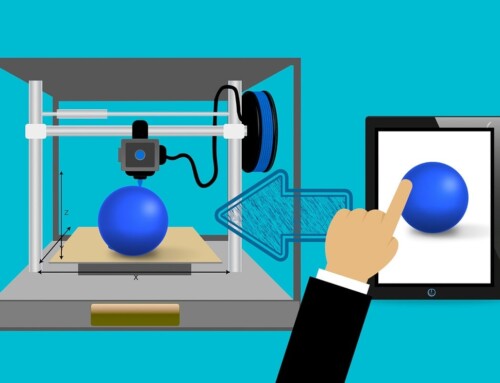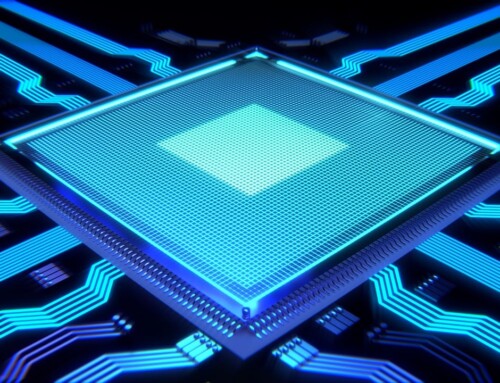With the advancement in technology and the rise of the strategic role of standards in geopolitics and international trade affairs, the integration of high-end technologies with standardization has already become a key element of development. Consequently, issues derived from standards essential patents (SEP) have also received significant attention. China has been proactively exploring solutions to balance the interests among patent owners and the society – which includes patent implementer. The last updates on SEPs in China took place in September 2022, with the release of the Guidelines of SEP Licensing for the Automotive Industry, and the China Association for Standardization’s (CAS) Calls for Drafters for Formulating Association Standards of SEP Identification Methods.
Guidelines of SEP Licensing for the Automotive Industry
On 13th September 2022, the China Academy of Information and Communications Technology (CAICT) and the China Automotive Technology and Research Center jointly issued the Guidelines of Standard Essential Patent Licensing for the Automotive Industry (hereinafter referred to as the Guidelines). The Guidelines, which were drafted by the Information IP Committee of China-SAE and the IMT-202(5G) Promotion Group and Working Group, consist of four parts: i) definitions; ii) core principles for Automotive SEP licenses, iii) principles for calculating reasonable royalties; iv) rights of interpretation and declarations.
The Guidelines aim to provide a solution to reduce the differences and facilitate common understanding in intellectual property protection and licensing mode, among the patentee, patent implementer and the society. Specifically, the core principles incorporate the FRAND principle dedicated to creating a fair, reasonable and non-discriminatory environment for essential patent licensing. Apart from general principles that apply to any industries, the Guidelines also outline specific principles for the automotive industry, the most important of which being the “entitlement to obtain licenses at any level of the industry chain”. This principle means that, in practice, automobile components and parts producers might be able to obtain licenses – in contrast to the common commercial practice where automobile manufacturers assume the responsibility of solving intellectual property-related issues of the supplied parts and components. As a matter of fact, the common commercial practice adds significant burdens to automobile manufacturers as obtaining SEP licenses for parts and components is time and labor consuming, thus reflecting in higher costs not only for production but also in case of potential negligence or infringement. In this context, therefore, the principle outlined by the Guidelines offers a more flexible approach by allowing eligible components and parts producers to share the burden and be able to obtain licensing. Meanwhile, the Guidelines also support negotiations “when there are discrepancies or differences between SEP licensing models and current licensing model or commercial practices”.
In the third part, the Guidelines provide details on the calculation of royalties, including the calculation basis, factors, principle of limitation to aggregate royalty rates, and reasonable selection of royalty calculation method. But instead of elaborating on specific calculation methods, the document offers perspectives and factors that are suggested to take into account in the calculation process, including the actual value contributed by the SEP technology to the automotive product, the cumulative royalty rate in the industry, the number of SEPs held by the patentee, the geographical distribution of the patents, etc. Specifically, “the determination of the value contributed by SEPs to automotive products needs to be taken into account that the value of automotive products collectively comprises various aspects such as technology, market, production, brand and after-sales, especially the contribution of brand”.
In general, though the Guidelines only provide a possible framework in terms of SEP licensing in automotive industry, the principles and royalty may represent an important reference for standards developing organisations and patentee in automotive industry. Such common understanding is helpful for further negotiating licensing details. Most importantly, to some extent, it reduces the uncertainties especially for the calculation of royalties.
CAS Calls for Drafters for Formulating Association Standards of SEP Identification Methods
The past few years have seen China’s legislation and policies shifting their focus, from the mere pursuit of technology advancement to the establishment of an organic and innovative framework enabling interactions among technology, patents and standards. In 2021, the Law on Scientific and Technological Progress (2021 revised version) stipulates that China shall promote the coordinated development of sci-tech product R&D and standard formulation. In the same year, the CPC Central Committee and the State Council issued the Outline of National Standardization Development, which also calls for improving the mechanisms of converting sci-tech achievements into standards, improving the SEP system, and encouraging enterprises to establish an innovative system of technology, patents and standards.
In this process, SEPs become the focal point. Currently, the only regulation that specifies the SEP disclosure and licensing is the Interim Provisions on the Administration of National Standards Involving Patents (hereinafter referred to as the Provisions) issued by Standardization Administration of China and the State Intellectual Property Office. The Provisions specify the role of standard development organizations (SDOs) and patentee in the process of SEP disclosure and licensing. In addition, a few other national voluntary and association standards offer guidance towards the patent disclosure and application, such as GB/T 20003.1-2014 Special procedures for the development of standards—Part 1: Standard related to patents, and CAS’s series standards of Disposal guides for patents related to social organization standards.
However, between SEP disclosure and licensing, there are few specific guidelines for SDOs with regard to SEP identification. The consequences of improper identification of SEPs may be severe as it might cause large unnecessary costs of licensing fees, and potentially disrupt the market. To solve this issue, CAS – as one of the largest standard-related associations in China – intends to develop an association standard of SEP Identification Methods.
According to CAS, the standard can improve the efficiency and quality of SEP certification, and reduce the cost of SEP licensing and implementation. Secondly, the standard can balance the rights and interests of patentee and standard implementer, thus reduce judicial disputes. Thirdly, it can improve the willingness of relevant domestic enterprises to license technology patents and promote the development of the domestic market for the transfer and transformation of sci-tech achievements. To this end, CAS invites eligible organisations to participate in the formulation of this standard so as to explore solutions acceptable to SDOs.




